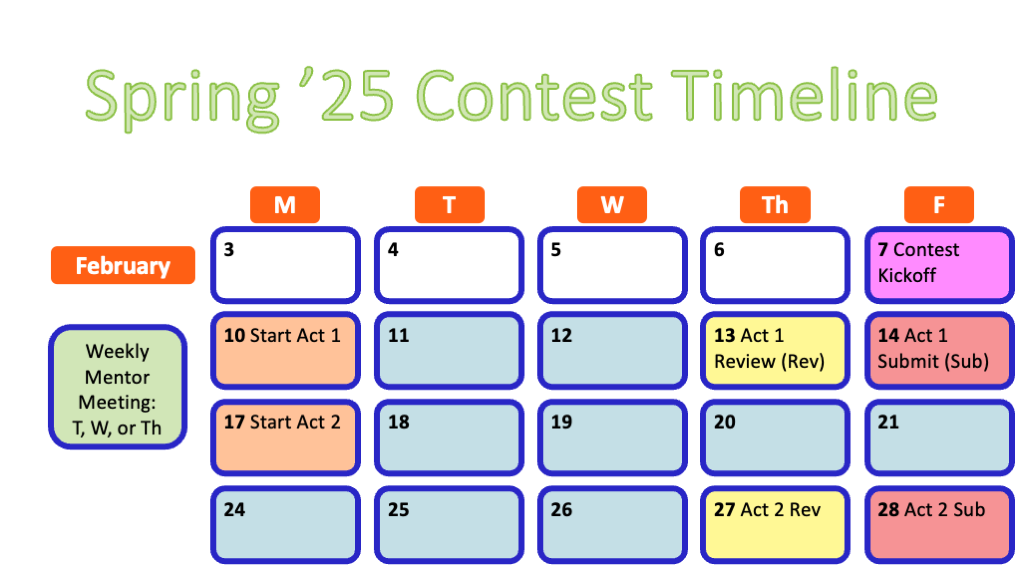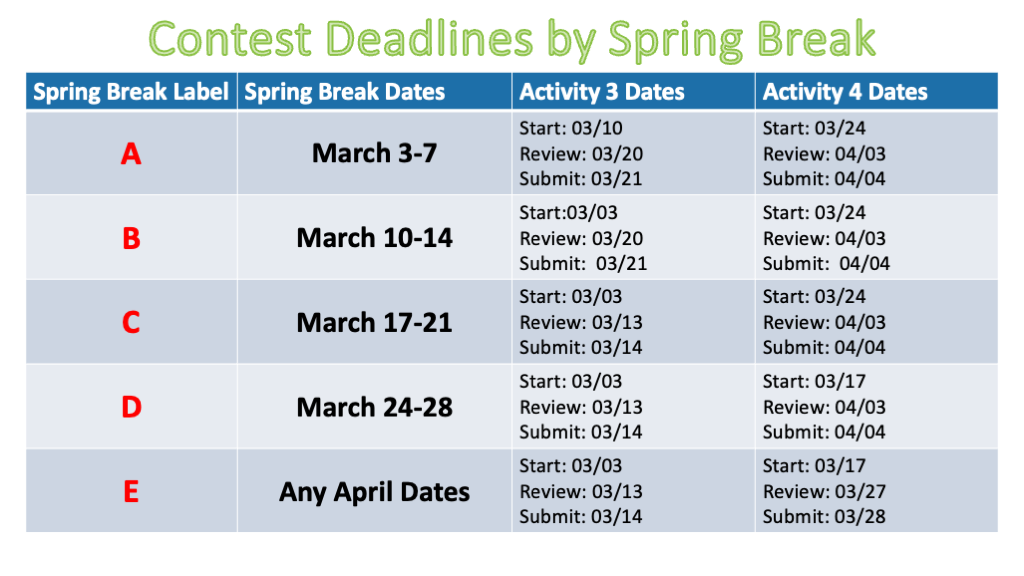CONTEST KICKOFF
The contest kickoff will be held on Friday, February 7th, 2025, before the start of the design contest. An email will be sent to all teams with the date, time, and meeting information. A recording will be posted after the kickoff!
Contest Timeline
The contest officially begins on February 10th and extends for 7 weeks, with results from our judges released April 11th–18th.



Contest Purpose
This contest introduces students to design thinking practices that apply concepts of artificial intelligence. Sponsored by Duke Energy, this contest focuses on the need to improve energy efficiency and reduce costs in individual homes. This contest has students working together to create a smart energy management system that establishes an “on”/”of” operating schedule for appliances/devices whose real power usage are measured in students’ own homes. Students will go through a design thinking process to model a smart energy management system.
Contest Overview
The Artificial Intelligence (AI) Design Contest consists of four activities that student design teams each complete. These activities scale with the complexity of the challenge, guiding students through the process of designing an AI smart energy management system using analysis of their own real home data.
